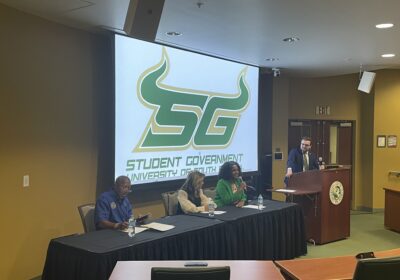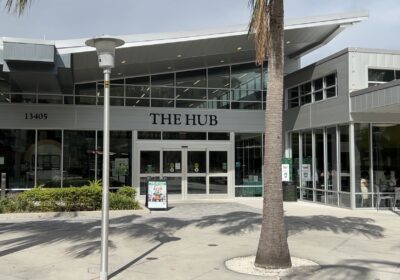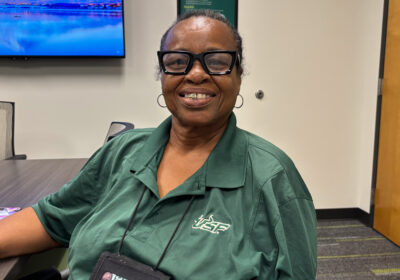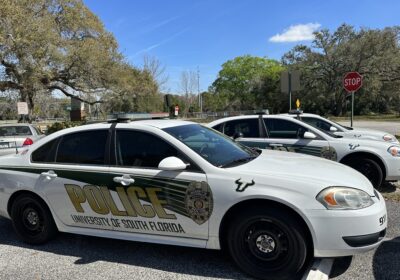Banquet celebrates 30 years of minority progress
Thirty years ago, black students at USF had an average GPA of 1.84 and the lowest graduation rates among all ethnicities.
After hearing of the discrepancy in statistics, Dr. Melvin James, an adviser and adjunct professor in the College of Natural Sciences, said he initially thought it must have been an error.
But after hearing it wasn’t, he wanted to do something.
So in 1984, he created the Minority Pre-Professional Science Society (MPSS), an organization originally intended to mentor black students in the College of Natural Sciences through applied research.
Almost 30 years later, the numbers paint a brighter picutre. The Education Trust ranked USF 11th among public universities in closing graduation gaps between white and black students.
Furthermore, black USF students currently have higher graduation rates than white students — with 56.5 and 50.8 percent respectively, according to USF InfoMart. The average cumulative undergraduate GPA for a black student, however, was 2.86 in Fall 2013, and 3.13 for white students.
MPSS hosted a black-tie alumni fundraiser at the USF Embassy Suites on Saturday to reflect upon the work of the organization over the past 30 years and look to the future.
“You never know what wonders you can do for someone who needs your help,” James said.
A seven-year longitudinal study conducted in 1984 by James found a correlation between academic success and frequent communication between student and advisor.
James said black students who came from disadvantaged backgrounds often became lost in bureaucracy, unaware of available resources.
The MPSS reached out to minority students and offered one-on-one advising on entrance requirements, application processes, letters of recommendation and where to get tutoring.
After implementing a “systematic” method of advising derived from his research, James said black students of the College of Natural Sciences reversed the trend and normalized graduation rates.
Marnique Jones, who was advised by James and currently practices obstetrics and gynecology in Orlando, detailed her path to success.
After enrolling at USF, she took on the same workload as her peers. It was the supervision of teachers and advisors — such as James, she said — that lent an advantage.
“There’s not anything spectacular about my story,” she said. “I’m just like everyone else. I guess that’s the point — if I can do it, you can do it. The important lesson to learn was to reach out. It sounds easy, but it wasn’t. I had tutors and study groups.”
Jones enrolled in the USF College of Medicine after earning a degree in Biology. She said medical school was “endless” days of studying and long hours at the hospital.
But, once again, it was outside encouragement that she said rejuvenated ambition. Jones mentioned a teacher who would tutor after hours and teach the “sexy” side of biochemistry.
Jones said achievement was not just a result of an individual’s actions, but also the influence of those willing to lend a guiding hand.
“We look at our lives through a very small window, missing the bigger picture and forgetting the importance of others in our lives,” she said. “There were times where I thought I could not continue. What helped me get past those moments were the people in my life…they kept me on my path.”
Today, Jones is established in her field and a mother of two, but she said her aspiration has not plateaued. She recently began involvement in robotic surgery.
“It just takes hard work, help from others and realization that we are all a part of something much bigger,” she said. “Remember you are not alone, your success and ability is and always will be a part of those you surround yourself with.”
Despite the difference MPSS has made, James said advising can only go so far when the cost of medical school continues to increase.
More than 65 percent of students in medical schools are from families who make over $100,000 a year, but the average black family makes $39,988 compared to the $67,000 average by white families, according to the 2010 Census Bureau report.
James said the underrepresentation of black students in medical school and the profession parallels these statistics. The U.S. population is 14.1 percent black, yet he said only 5 percent of the medical profession is black.
“You ask 30 years from now in 2044, what’s going to happen?” he said. “Only with the help of others, financially and emotionally, can the future change.”






